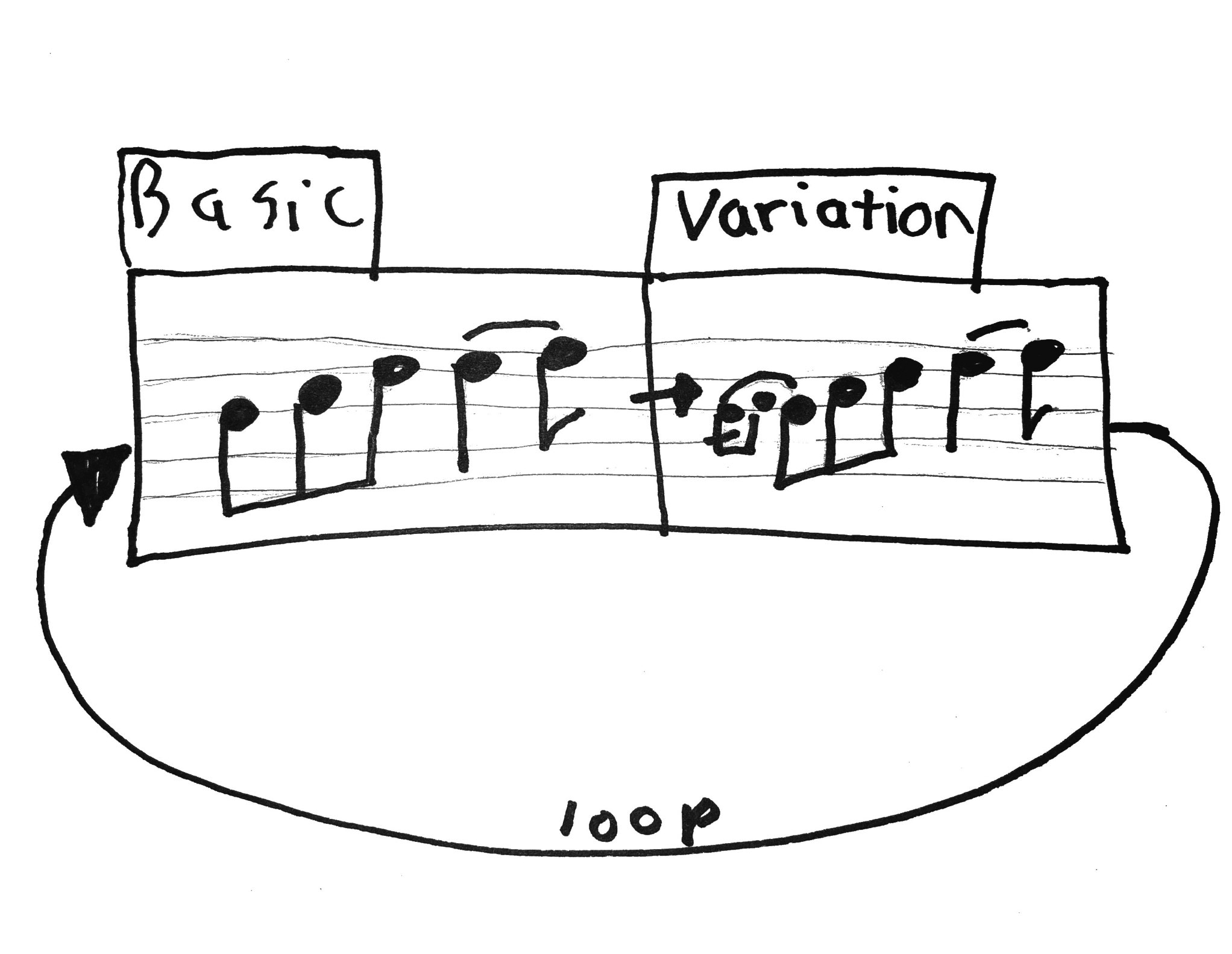A FiddleHed named John wrote to me asking, “Can you do too many double stops?”
I would answer with another question. Do you like the way it sounds with lots of double stops? If you love it, then keep it!
Keep in mind that the melody is not quite as clear when you add double stops. This doesn’t mean that playing double stops is not as good as single notes. It’s just that the melody will have a harder time being heard, especially if there are lots of other instruments.
Let me back up a bit. You might be wondering, “What the heck are double stops?” When you play two fiddle strings at once, it’s called a double stop. The act of playing two strings at once is also known as “chording.” Double stops can be a way to add variation to a tune, or to play back-up (in the same way that guitar or piano can be used to support a voice or instrument).
Just Listen
One way to answer the double stop question is to just LISTEN. Listen to recordings of how the tune is traditionally played and let that inform you. Double stops tend to be used more in American styles like Old-time, Bluegrass and Cajun music, while they tend to be used less in Irish and Klezmer music.
In addition to listening to recordings, learn to really listen to yourself. One helpful strategy is to record yourself. When you first start to do this, it might be painful! But this is ultimately a rewarding practice. It will help you to become more aware of the strong and weak points of your playing. And if you keep the recordings, you can refer back to them in a year and happily celebrate how much better you sound.
Freedom of expression or option anxiety?
Part of what’s great about fiddling is that you can play the tune in your own way, using your own voice. There is a higher degree of variation and interpretation than in classical music. If double stops sound great to your ear, then saw some double stops.
This freedom of expression makes fiddling fun. But at the same time, it can be frustrating because it seems like there are way too many options. For every recorded fiddle tune, you’ll hear a different version. Which is right? It ultimately comes back to, “What sounds good to you?” And also, “What sounds good in this context?”
Some different contexts to consider:
- Playing alone versus playing in a group
- What style you are playing
- American styles tend to have more double stops than Celtic styles.
- Playing backup vs. lead
- Your skill level
- If you’re new to double stops, they might not sound good on tunes yet.
- If so, practice double stops on open strings and hold off on adding them to tunes.
Action step: fiddle with it.
You’re a fiddler, right? Try to play the tune in as many different ways as possible. This will help you to find a way that works for you at this point in your fiddle journey.
A core practice is to play a phrase, alternating between single notes and double stops. Here’s an example from the Angeline The Baker – Variation lesson page.
A part, second quarter
Basic: (A3-1)-0-1-3-1-0 | 0-1-0-1-3-1 | Variation: A0-1-3-1-0 | D0A0-A1-D0A0-A1-L2-1


This practice of alternation will help you answer questions like, “Are there too many double stops?” Perhaps the answer you’ll find is that sometimes you like to add more double stops, sometimes less.
You can start doing this powerful practice of basic/variation alternation with simple exercises. Here’s an example from the Double Stops III lesson page:
G chord: D0A1
I-IV Chord Progressions
D0-A0-D0A0-D0A0 | D0-A1-D0A1-D0A1, with two bows
By alternating, you start to hear the notes within the double stop.

Keep on fiddling…
Some more suggestions on how to fiddle with double stops on a tune:
- Play the whole tune without any double stops.
- Play it with all double stops.
- Play a mixture of double stops and single notes.
- Play it without double stops, but with some other variation, like the pulse bowing.
- Play it with a really strange variation, like plucking, tremolo, or staccato.
- Play around with dynamics: slow & fast, quiet and loud.
- Play a different tune.
- Then come back to the original tune and variation (on this case, double stops throughout the whole thing).
- Do you still like the way it sounds?
I like to think of fiddling as conducting little science experiments. You may hit upon a way of playing that you absolutely love. But you may also find that you feel like playing it different ways depending on how you feel that day and other circumstances.
It’s a continuous, ongoing practice of listening, experimenting, playing, and then listening again.
Two ways I can help you level up your fiddling
- Sign up for the FiddleHed newsletter below.
- Sign up for the Free Two-week Trial. You’ll get full access to all courses and group lessons. Plus, I’ll send you some free lessons tailored to your current skill level.
Thanks for being here 🙏


Yay!!! AWESOME! Creativity as a process. ?
Hi Jason….I’m having trouble with double stops and making them sound good….I know….practice, practice….practice.